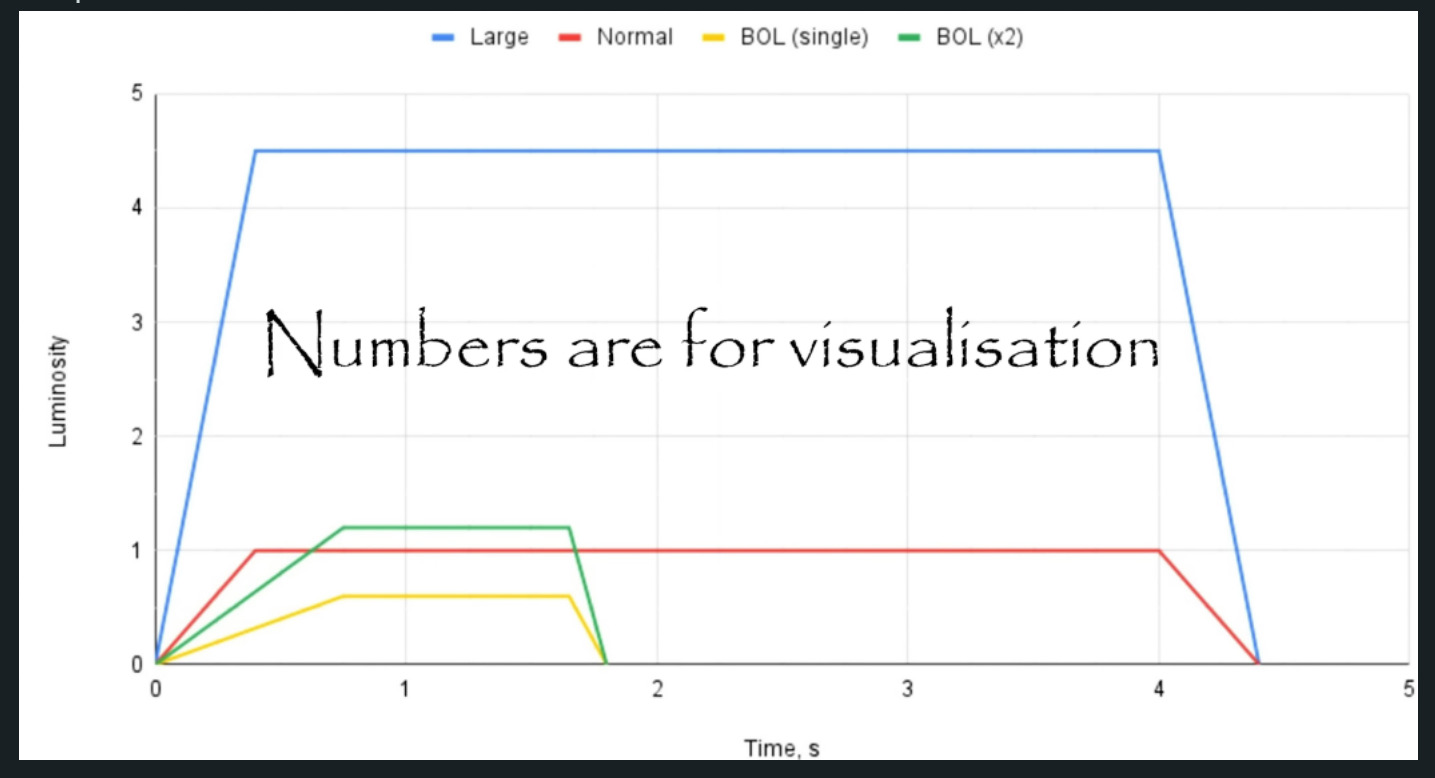Good thing you have the system in the first place to loose lock with.
Hi I’m back, such is occurring with TWS on my F-15E, F-16C, F/A-18C, AV-8B+, F-14A/B and functionally everything with TWS.
Yes I’ve had people become invisible to my ACM mode and close range search, once again, gaijin has broken radar quite a bit.
I will direct you here real fast It’s time for Gaijin to finally reverse the ahistorical nerf to BOL countermeasures [Poll] - Dev Server “Leviathans” / General Discussion - Dev Server - War Thunder — official forum
Yes, BOL chaff is 75% worse than standard CMs right now, thats why you don’t use it for chaff, currently however, 2 BOL flares roughly equate to a single standard CM in terms of luminosity.
As already well established, large caliber CMs just obliterate both full stop, its not even remotely comparable.
Yet your large caliber CMs are not chaff only.
I am aware, yet, they are still better used as flares when presented with large caliber CMs as your second option, that is unless you are facing nearly exclusively IR missiles, relegating your large caliber CMs to be flares and BOLs as chaff is very much so not optimal.
Per the chart above 2x.
Yet you also handicap yourself by not taking advantage of their vastly superior chaff performance.
You are aware that you can drop chaff and flares independently right?
No if you actually separate your countermeasures as I have advised you to do, you can easily utilize your superior countermeasure types when faced with the proper threat.
2 per the chart above
Very nice strawman, I never stated that standard CMs are in any way superior to BOL CMs, I have only stated that large caliber countermeasures are superior to standard and BOL CMs in every situation.
So you admit that you are misusing your large caliber countermeasure capacity by filling them with flare charges even you deem are largely unused.

AGAIN STOP USING YOUR BOLS FOR CHAFF! You have the solution to your pains right Infront of you, FILL YOUR LARGE CALIBER CMS WITH CHAFF EXCLUSIVLY PLEASE!
The BOL chaff also dissipates faster as far as I am aware, so no, BOL flares are still superior to chaff as highlighted in the above link.
If I can do so in the F-14B which has the equivalent of a sun attached to it’s rear so can you.
A very similar statement can be made about standard CMs when compared to large caliber CMs which you seem to rely on heavily.
And I would advise you to fly a plane without large caliber flares at top tier as you seem to use them as a crutch.
Oh hey look, we’ve gotten to the point where you don’t have an argument and choose to stat shame me.
So typical… You know, I’ve though about privating my stats, but people like you keep giving me a good reason to keep it public since ya’ll just keep making the same mistake over and over again.

